MESSAGE
nce again, the industry charged with building our country is left to wonder how to move forward as the federal government decides to change the rules on the fly.
In February, the US Office of Management and Budget, or OMB, released a new proposed rule to provide additional guidance on how to expand and implement the requirements of the Build America, Buy America Act, or BABAA, on federally assisted construction projects.
To be perfectly clear: AGC of Alaska supports the concept of buying and using as many domestic, made-in-America products as possible. We are proud Americans and support a thriving domestic building trade. But any program that sets out to mandate, well, anything, requires clear rules, clear guidelines, and clear definitions. This most recent rule released by the OMB fails on all those fronts.
The proposal sets out to increase the list of materials classified as “construction materials,” expand manufacturing requirements for construction materials, and broaden the definition of “manufactured products,” among other things. The changes from the initial preliminary guidance to the new proposed rule are far-reaching and substantial.
I’ll attempt to provide a partial overview to give AGC members an understanding of the changes presented by the proposed rule and how it could impact contractors.
The proposed rule lists out every single manufacturing step, by construction material category, that must take place in the United States to meet the Act’s standards. They are as follows:
- Non-ferrous metals: From initial smelting or melting through final shaping, coating, and assembly.
- Plastic and polymer-based products: From initial combination of constituent, plastic, or polymer-based inputs until the item is in a form in which it is delivered to the work site and incorporated into the project.
- Composite building materials: From initial combination of constituent materials until the composite material is in a form in which it is delivered to the work site and incorporated into the project.
- Glass: From initial batching and melting of raw materials through annealing, cooling, and cutting.
- Fiber optic cable: From the initial preform fabrication stage through fiber stranding and jacketing.
- Optical fiber: From the initial preform fabrication stage through fiber stranding.
- Lumber: From initial debarking through treatment and planing.
- Drywall: From initial blending of mined or synthetic gypsum plaster and additives through cutting and drying of sandwiched panels.
The new definition also proposes to broaden the applicability to include any materials permanently incorporated into an infrastructure project that are not in the iron/steel or construction materials categories.
The changes go deeper: OMB is weighing whether and how to include cement and aggregates or aggregate binding agents or additives—which are explicitly exempted right now—into BABAA requirements, and whether they should add bricks, coatings (such as paint and stain), and engineered wood products to the list of construction materials.
Sudden and abrupt changes in requirements in the middle of a project will lead to additional delays and problems in delivering on the promises of the Infrastructure Investment and Jobs Act.
That’s not something any of us want to see. Stakeholders need a grace period to adapt to the changes, find new sources, and understand applicability. AGC is advocating for time to review the changes, evaluate them with the backdrop of existing policies, and find a path for implementing them that makes sense. I can assure you the staff and board at AGC of Alaska, as well as AGC of America, are on top of this issue and will keep members posted. There’s too much at stake not to.
